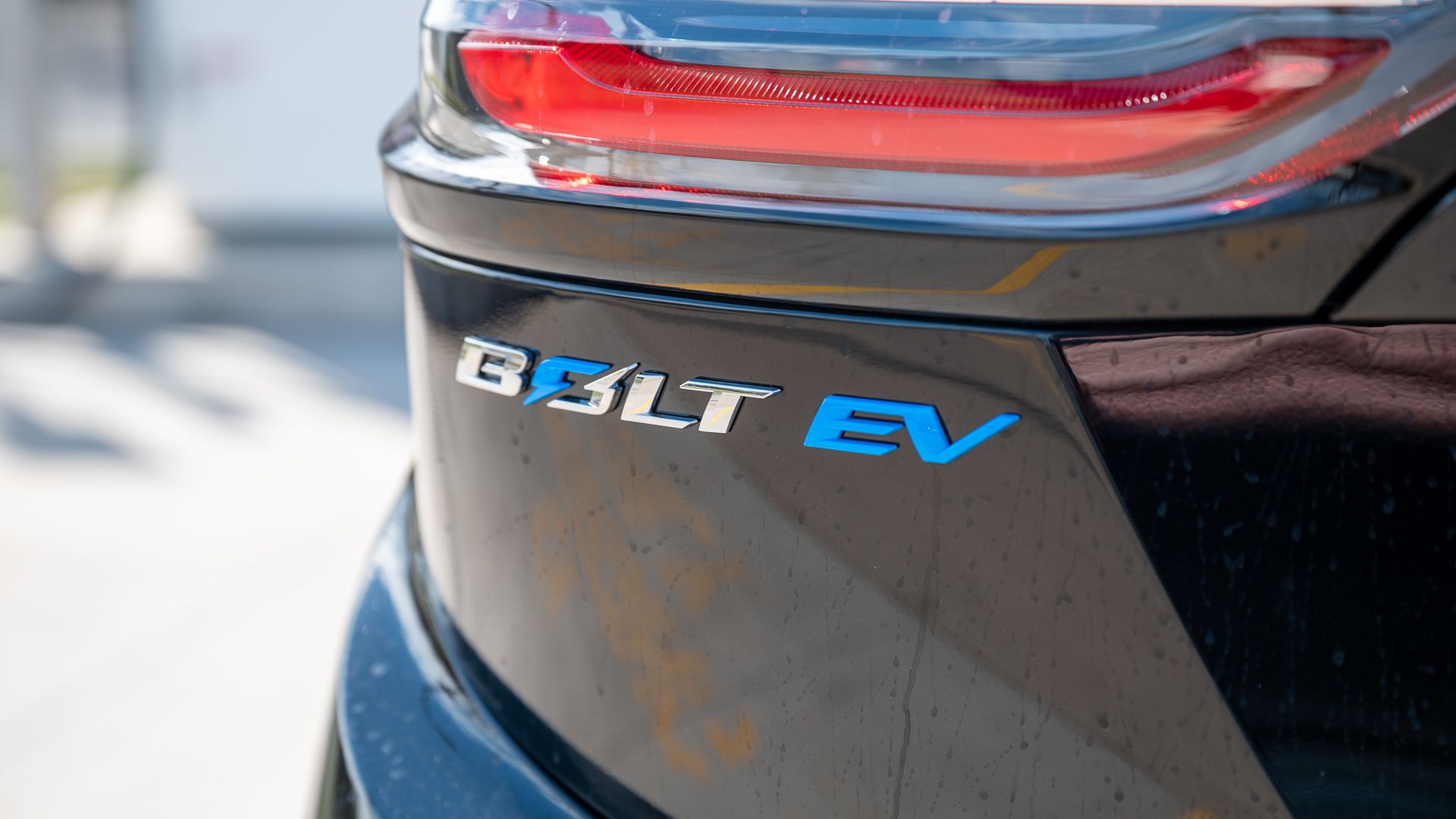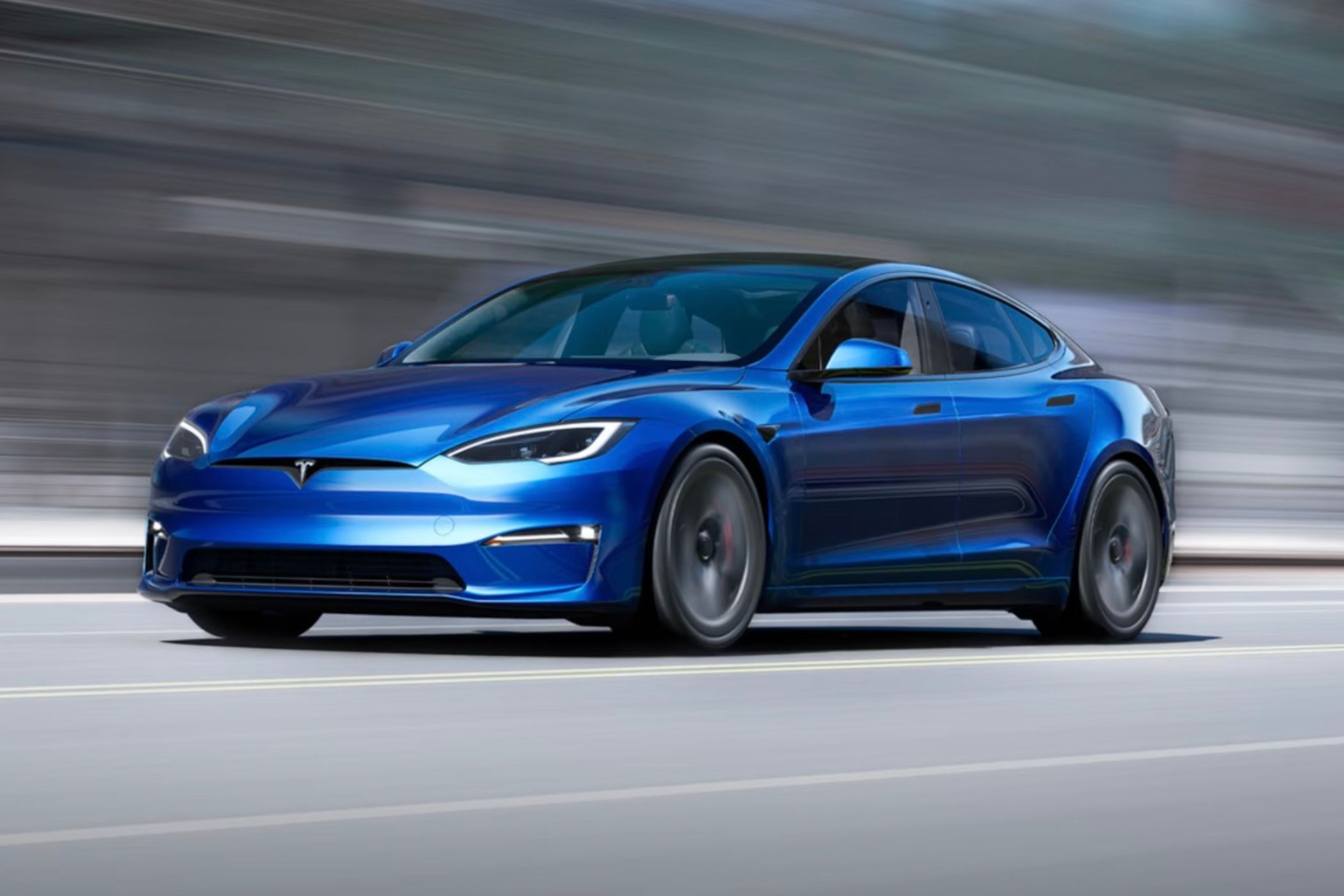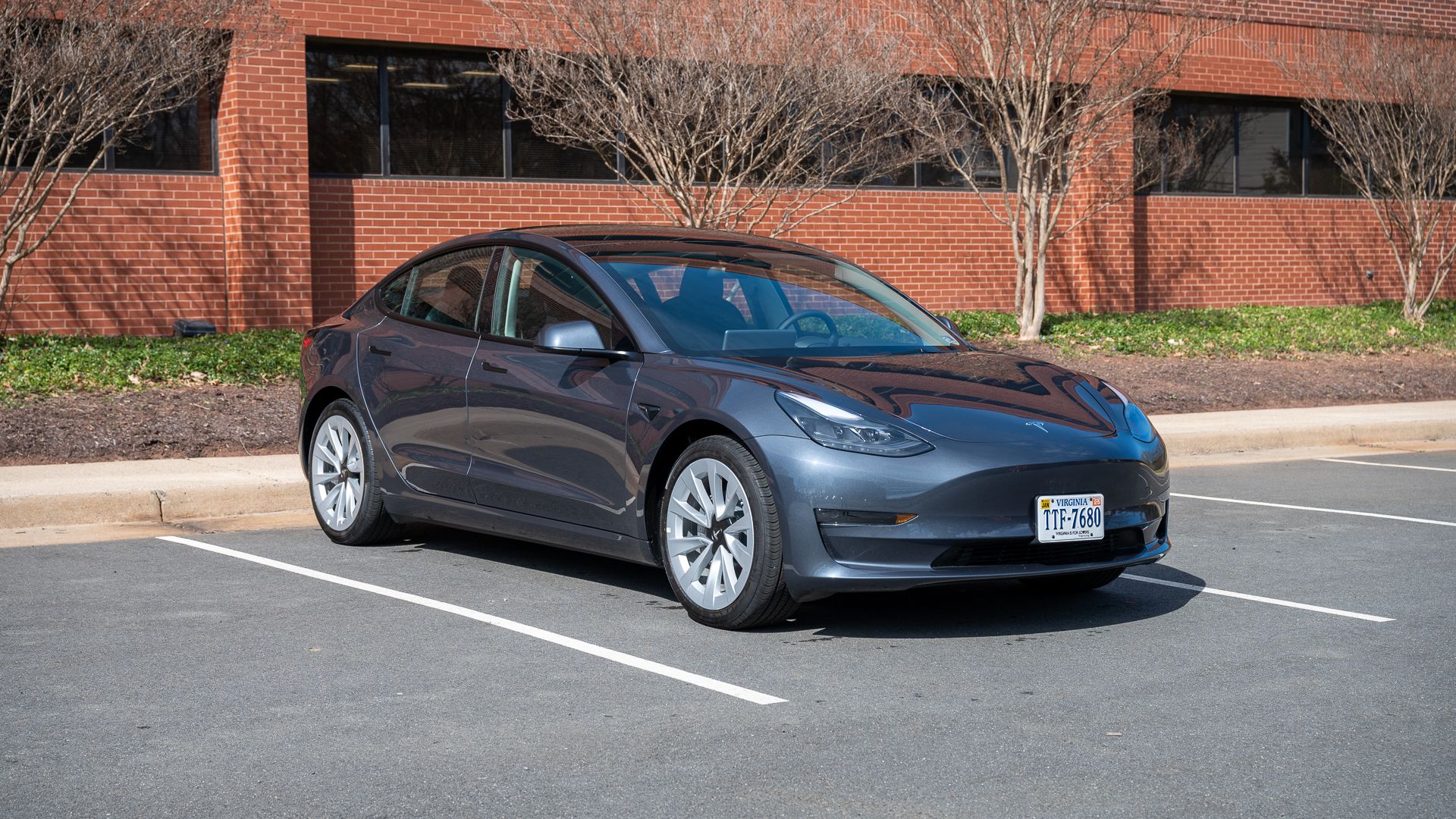Key Takeaways
- Don’t feel pressured to pay extra for a dual-motor or all-wheel drive electric vehicle if you don’t need the extra speed and performance. Single-motor models are more than sufficient for most people’s needs.
- Consider your location and driving conditions when deciding on all-wheel drive. While it may be necessary in certain regions, many can do without it, especially those on the West Coast.
- Opting for a single-motor model will give you better range since powering motors on both axles requires more energy.
Electric cars are new, exciting, and most are quick off the line with a ton of torque, but they’re also expensive. Do you really need all that speed? If you’re shopping for your first EV and are trying to decide between a single-motor or dual-motor, or one with all-wheel drive, here’s what you need to know and why you shouldn’t pay more than you need to.
Don’t get me wrong—not all electric cars and trucks are fast. However, sit in a Tesla or Rivian R1T truck and push the skinny pedal to the floor, and you’ll feel just how fast one can be. Many top models being bought stateside are loaded with the more expensive dual-motor AWD configuration. And while this gets you a bigger battery, better performance, and more torque than you can handle, the cheaper single-motor models are more than enough for most.
Do You Need All-Wheel Drive?
Almost all EVs are offered in several trim levels, and that’s before we talk about performance upgrades and long-range battery packs. While AWD is great to have during the winter, just like 4×4 is excellent outdoors, it’s certainly not required for many. This is especially true for many on the West Coast. Depending on where you live, you’ll probably be perfectly fine with a single-motor electric vehicle.
The same can be said about the quad-motor trims we’ve seen on trucks like the Rivian R1T. You’ll spend a lot less and still get a highly capable electric truck if you opt for the lower-priced dual-motor pickup.
You’ll Get More Range With a Single Motor
Most people buying an electric vehicle are excited about skipping the gas station and using electricity instead. If you’re looking for a great car with plenty of range, you’ll likely want to spring for a model with one motor. Why? Because spinning motors on both axles will take more power, thus lowering the range. Dual motors aren’t as efficient, and you’ll still need a bigger battery.
For example, the excellent Polestar 2 EV gets a respectable 320 miles of range, can go from 0-60 in under six seconds, and has a top speed of nearly 130MPH. If you pay more for the dual-motor model, the range drops to 276 miles, which is a considerable difference. Even worse, you can spend nearly $15,000 more for the dual-motor performance Polestar 2, and it’ll only get 247 miles per charge. However, that does get you a thrilling 0-60 time of 4.1 seconds, but it still only does 127MPH.
People gladly pay more for a V8 and tons of horsepower with worse gas mileage, so this isn’t a new trend. However, as you can see, Polestar’s base model is still more than capable. Plus, electric vehicles have far more torque than your average ICE (internal combustion engine) car, so you’ll already notice a substantial difference, even on a base single-motor model.
Going Fast Isn’t as Fun in an EV
Talk to any gearhead, and they’ll quickly trash electric vehicles for ruining cars. That’s because many EVs on the road are just as fast yet almost entirely silent. With a Tesla Model S, you’ll have one of the quickest cars around, yet there’s no roaring V8 engine, loud turbos whistling away, and you certainly won’t get that smell of oil or gasoline. Car enthusiasts love those things. They want to feel and hear that engine rumble.
That’s why we’re seeing some automotive manufacturers pipe artificial engine noises into the cab of EVs, and it’s why the upcoming Dodge Charger EV (among others) has a fake manual transmission. It’ll roar and jerk as it “changes gears” to feel like a classic muscle car.
Let’s face it, EVs aren’t as exciting as an internal combustion vehicle, which is why automakers are trying to add those feelings back into EVs. Paying extra for a little more speed will give you the power but not all the nostalgia or feel-goods typically associated with it.
More importantly, you can’t even use all that extra power or ridiculous 0-60 times on public roads, and I doubt you’ll be taking the Rivian R1T that does it in 3.3 seconds to a drag strip. It doesn’t matter how fast the truck can go if you can’t legally (or safely) enjoy it. The same goes for Tesla’s Track Mode, which is a lot of fun but not very safe for regular streets.
You probably shouldn’t go that fast on public streets, and the 127MPH top speed of the Polestar 2 isn’t something you can do on American roads, so don’t pay extra for it. Some manufacturers, like Mercedes-Benz, are even selling a subscription where you’ll pay yearly to unlock higher performance, which is ridiculous. Sure, we all want that, but no one really needs it.
Go Ahead and Buy that Base Model EV
If you’re in the market for a new car and considering an EV, go ahead and buy that base model. Manufacturers have amazingly fast and fancy vehicles, like the KIA EV6 GT, Tesla’s Model S Plaid, and many others. However, regular single-motor models are more than enough for most.
You can grab a Polestar 2, Hyundai Ioniq 6, or a rear-wheel drive Tesla Model 3 and save thousands over a more powerful model, and it’ll still more than get the job done. Electric vehicles have tons of torque with instantaneous pedal response and typically deliver a solid driving experience, even if it’s not a high-end trim.
I’m not saying you shouldn’t get a performance variant or a fast vehicle because I want a Tesla Model S Plaid too. Instead, I’m saying to think about what you want, need, and can realistically use, and don’t pay more than you need to for that shiny new car.







